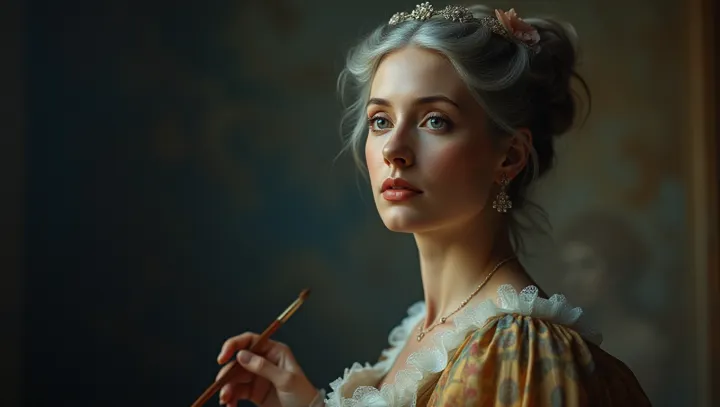The Influence of the Duchesse on Female Artists in the 1700s

In the bustling corridors of 18th century Europe, where cultural renaissance met societal boundaries, women embarked on a quieter, yet potent revolution: the pursuit of knowledge and artistry. Central to this movement was the Duchesse of Chandos. Her contribution to the arts was not merely ornamental, but a testament to the intellectual aspirations of women of her time.
Her paintings, steeped in both technical mastery and emotional depth, transcended the traditional constraints imposed on women artists. Through her patronage and personal endeavors, the Duchesse championed a more inclusive and enlightened approach to art, thus encouraging women to seek knowledge and express themselves creatively. It was a profound statement against the male-dominated narratives of her era.
Experts, such as art historian Dr. Alexandra Winfield, assert that these female-led endeavors in art were vital in shaping a broader cultural context. 'Such movements heralded an early wave of gender equality in cultural practices,' Winfield notes.
As modern audiences reflect on these historic pursuits, it becomes clear that the legacy left by these women artisans goes beyond mere aesthetics; it becomes a story of resolve, intellect, and artistic innovation.
